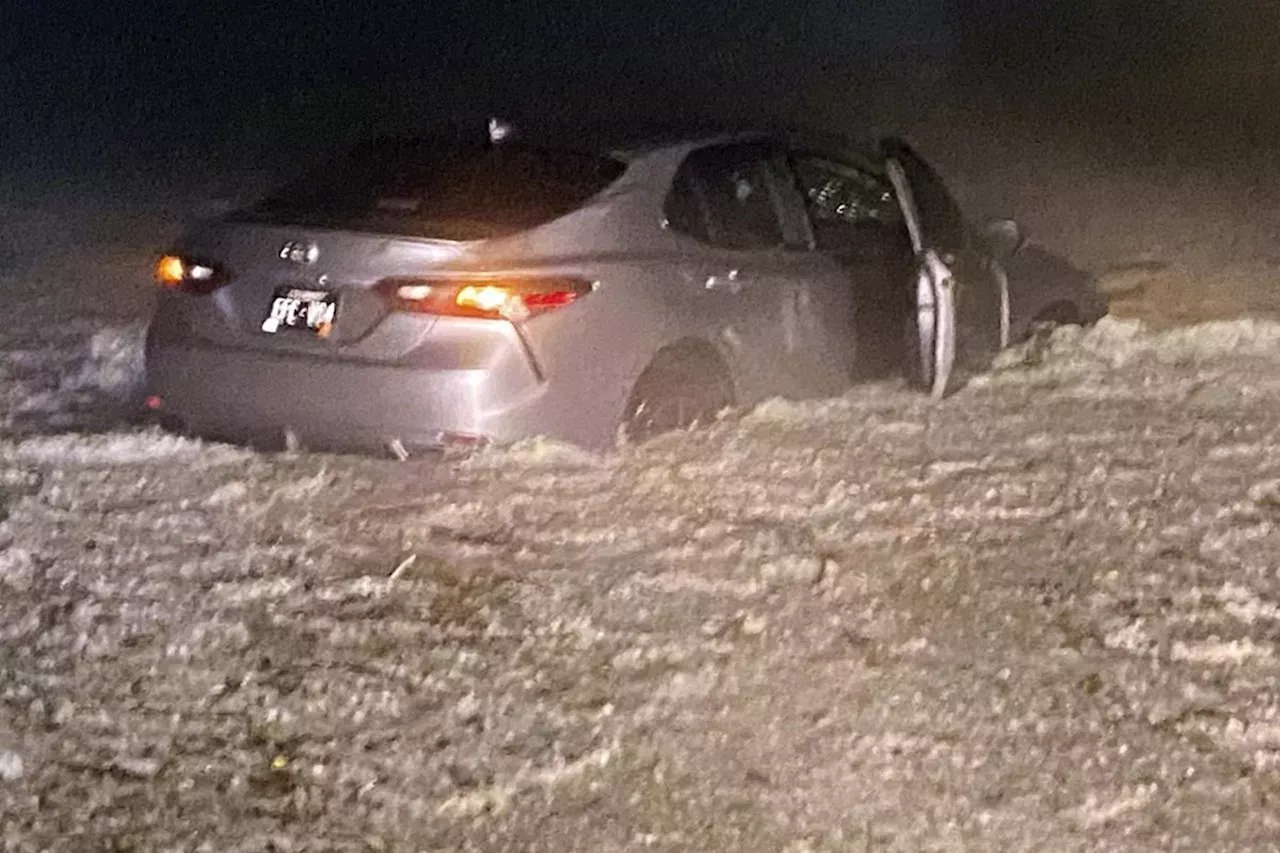Iowa Tornado History: Tornado Iowa
Tornado iowa – Iowa, located in the central United States, is known as “Tornado Alley” due to its frequent and severe tornado activity. The state experiences an average of 50 tornadoes per year, making it one of the most tornado-prone regions in the world.
Frequency and Severity
Iowa’s tornado season typically runs from April to June, with May being the peak month. The state has experienced numerous significant tornadoes throughout its history, including the following:
- May 25, 1917: The Woodward Tornado, an F5 tornado, killed 101 people and destroyed much of the town of Woodward.
- June 7, 1953: The Waco Tornado, an F5 tornado, killed 75 people and caused widespread damage in Waco, Nebraska.
- May 25, 1968: The Parkersburg Tornado, an F5 tornado, killed nine people and injured 130 in Parkersburg.
In recent years, Iowa has continued to experience tornadoes. In 2022, the state was hit by a series of tornadoes that caused significant damage, including the EF3 tornado that struck Marshalltown in July.
Tornado Safety in Iowa

Iowa is one of the most tornado-prone states in the United States. It is crucial for residents to be prepared for these dangerous storms.
The best way to stay safe during a tornado is to have a plan in place. This plan should include a designated safe room, an evacuation route, and a way to stay informed about weather conditions.
Tornado Shelters
The most important part of a tornado safety plan is having a designated safe room. This room should be located in the lowest level of your home, away from windows and exterior walls. It should also be large enough to accommodate all members of your household.
There are two main types of tornado shelters: above-ground shelters and underground shelters.
- Above-ground shelters are typically located in a basement or storm cellar. They are made of reinforced concrete or steel and are designed to withstand high winds and debris.
- Underground shelters are located below the ground and are typically made of concrete or steel. They are the most protective type of tornado shelter, but they are also the most expensive.
If you do not have access to a tornado shelter, you can take shelter in a sturdy building, such as a school, hospital, or office building.
Tornado Forecasting and Tracking in Iowa

The National Weather Service (NWS) plays a crucial role in tornado forecasting and tracking in Iowa. Through advanced technology and a network of meteorologists, the NWS monitors weather conditions and issues tornado watches and warnings to alert the public.
Tornado Watches
A tornado watch indicates that conditions are favorable for tornadoes to develop. When a watch is issued, it is important to stay informed and be prepared to take shelter if necessary.
Tornado Warnings
A tornado warning means that a tornado has been spotted or is indicated by radar. When a warning is issued, it is essential to take immediate action to seek shelter.
Staying Informed
To stay informed about tornado threats, it is important to monitor weather forecasts and alerts. The NWS provides a variety of resources, including:
- Weather radio
- Mobile phone alerts
- Television and radio broadcasts
- The NWS website
By staying informed, you can increase your chances of staying safe during a tornado event.
Tornado Damage Assessment and Recovery in Iowa
Following a tornado, it is crucial to assess the damage accurately to facilitate recovery efforts. Damage assessment teams, comprising engineers, building inspectors, and insurance adjusters, are deployed to evaluate the severity of damage to structures, infrastructure, and property.
Insurance companies play a pivotal role in tornado recovery by providing financial assistance to policyholders. They assess damage, determine coverage, and issue payments to cover repair or replacement costs. It is essential for affected residents to contact their insurance companies promptly to initiate the claims process.
Resources for Iowa Residents Affected by Tornadoes
- Iowa Department of Homeland Security and Emergency Management: Provides information on disaster assistance, recovery resources, and safety guidelines.
- Federal Emergency Management Agency (FEMA): Offers financial assistance, housing support, and other resources to disaster survivors.
- American Red Cross: Provides shelter, food, and other essential services to those impacted by disasters.
- Iowa Legal Aid: Offers free legal assistance to low-income Iowans affected by tornadoes.
- Iowa Food Bank Association: Distributes food to food pantries and meal programs throughout the state, including those serving tornado-affected areas.
Tornado Research in Iowa

Iowa is a hotbed for tornado research due to its frequent and severe tornado activity. Several institutions and organizations in the state are actively involved in studying tornadoes to improve forecasting and safety measures.
The University of Iowa’s Department of Atmospheric and Environmental Sciences houses the Iowa Tornado Research Center, which conducts cutting-edge research on tornado dynamics, forecasting, and mitigation. The center’s scientists use a variety of tools, including mobile radars, to collect data on tornadoes and develop new forecasting techniques.
Iowa State University’s Department of Agronomy conducts research on the impact of tornadoes on agricultural ecosystems. Their studies help farmers and land managers develop strategies to mitigate the effects of tornadoes on crops and livestock.
The National Weather Service’s Storm Prediction Center, located in Norman, Oklahoma, plays a vital role in tornado research and forecasting. The SPC issues tornado watches and warnings for Iowa and other states, and its scientists conduct research to improve the accuracy and timeliness of these forecasts.
Citizen Science, Tornado iowa
In addition to institutional research, citizen scientists also play an important role in tornado research. The Iowa Tornado Spotter Network is a volunteer organization that trains and deploys spotters to report tornadoes and other severe weather events. These reports help the National Weather Service issue more accurate and timely warnings.